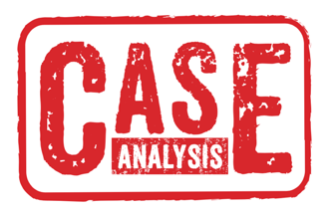Trial Lawyer University: A case analysis by Ben Rubinowitz about his $120 million Westchester medical malpractice verdict
Our managing partner, Trial Attorney Ben Rubinowitz going to be doing a Case Analysis hosted by Nathan Werksman on Trial Lawyers University about the $120 million medical malpractice verdict he just received in Westchester. The webinar will be on January 10, 2024 at 1:30pm.
“Lee v Westchester Medical Center” is a legal case revolving around medical malpractice and delayed treatment. The patient, a 41-year-old man, suffered a Basilar artery stroke. His wife found him unconscious at 3 am, and he was subsequently transferred to Westchester Medical Center. Initially, the stroke was misdiagnosed by resident radiologist and neurologist as an infection or dissection, delaying the correct treatment by three hours. When a more experienced radiologist later identified the stroke, a thrombectomy was performed.
The plaintiff’s claim focused on this delay, arguing that it resulted in significant brain damage and severe short-term memory issues, depriving the patient of a chance for a better recovery. The defense conceded the misdiagnosis but argued that the stroke’s severity, not the delayed treatment, caused the brain damage. They posited that the damage occurred between 10 pm and the patient’s hospital arrival, and earlier treatment wouldn’t have altered the outcome.
Key issues in the trial included jury selection strategies, managing complexities like respect for doctors, understanding strokes, and balancing sympathy with cynicism. The plaintiff’s approach included acknowledging what the defendants did correctly while highlighting their mistakes. The case strategy involved using analogies for complex medical issues, securing admissions during direct examinations, and effective cross-examination of experts.
The final argument aimed to counter the defense’s points, utilizing exhibits and compelling storytelling to argue for significant monetary damages covering economic loss, pain and suffering, and loss of consortium.
 New York Personal Injury Attorneys Blog
New York Personal Injury Attorneys Blog



